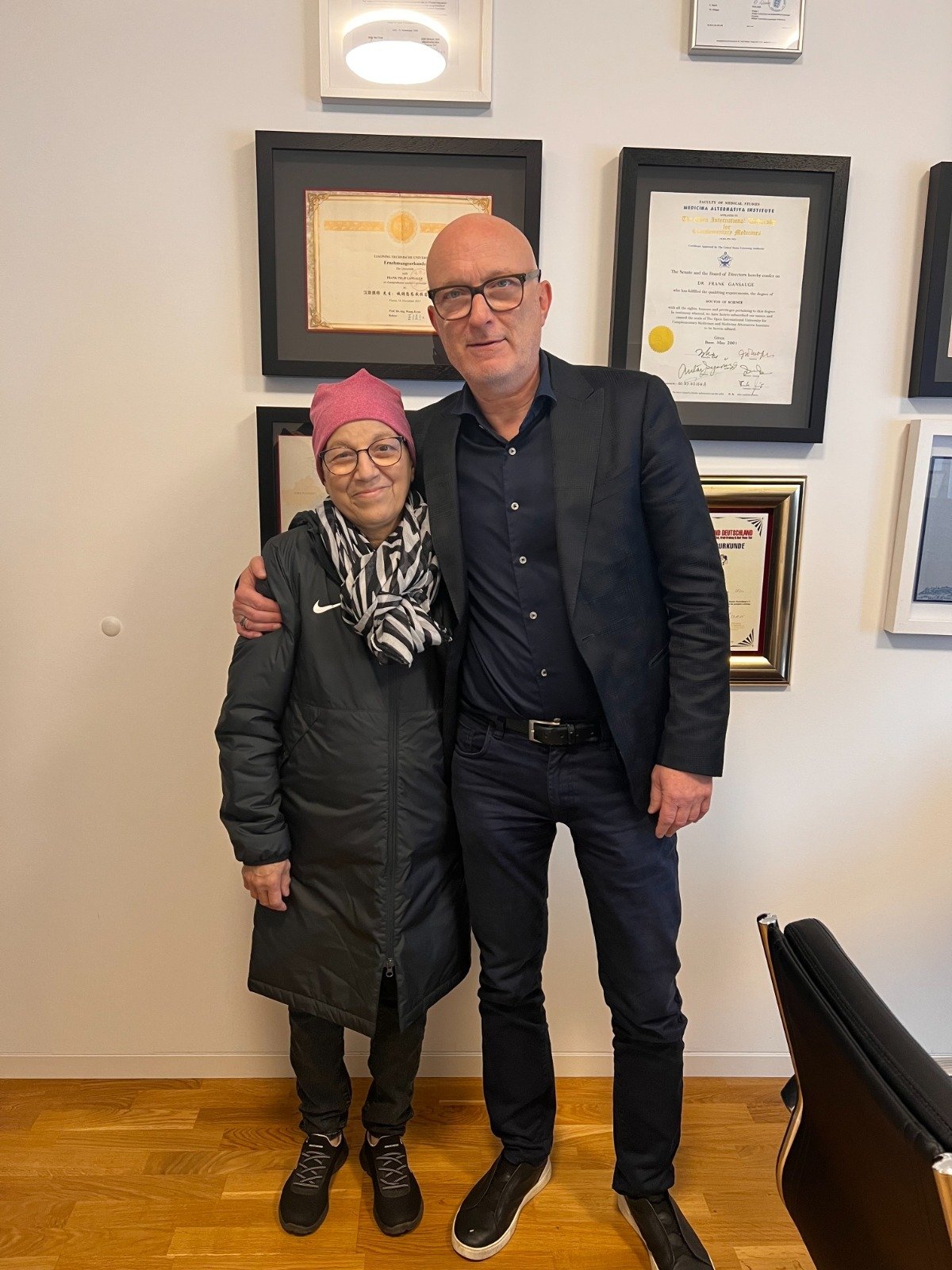
Scoliosis is a side-to-side curve of your spine. This differs from your body’s natural front-to-back curve.
Pediatric scoliosis is a spinal condition that affects children and adolescents, causing an abnormal lateral curvature of the spine. While some cases are mild and require only monitoring, others may progress and lead to complications such as pain, posture issues, and breathing difficulties. Treatment options vary based on the severity and underlying cause, ranging from observation to bracing and surgery. Germany is renowned for its advanced medical facilities and innovative treatment options, including minimally invasive spine surgeries, growth-friendly techniques, and regenerative therapies like stem cell treatment and dendritic cell therapy.
Pediatric scoliosis refers to abnormal spinal curvature in children under 18 years old. The condition can develop in infancy, childhood, or adolescence and is classified based on the age of onset and underlying causes.
Types of Pediatric Scoliosis
Idiopathic Scoliosis:
Congenital Scoliosis:
Neuromuscular Scoliosis:
Syndromic Scoliosis:
Associated with genetic conditions like Marfan syndrome or Ehlers-Danlos syndrome.
Degenerative Scoliosis:
Rare in children but may develop due to early-onset spinal degeneration.
Causes and Risk Factors
Symptoms of Pediatric Scoliosis
Diagnosis and Diagnostic Tools
Germany utilizes advanced diagnostic tools to accurately assess scoliosis:
Treatment Options for Pediatric Scoliosis in Germany
Observation & Monitoring:
Bracing Therapy:
Effective for moderate curves (20-45 degrees).
Custom braces like the Chêneau brace used in Germany.
Prevents further progression in growing children.
Physical Therapy & Rehabilitation:
Schroth Method: A specialized scoliosis exercise program developed in Germany.
Improves posture, strengthens muscles, and enhances flexibility.
Complementary Therapies:
Chiropractic care, yoga, and hydrotherapy to support spine health.
Surgical Treatments
Spinal Fusion Surgery:
Used for severe scoliosis (>45-50 degrees).
Involves the fusion of affected vertebrae to correct curvature.
Growth-Friendly Techniques:
MAGEC Rods: Adjustable magnetic rods that grow with the child.
Vertical Expandable Prosthetic Titanium Rib (VEPTR): Used for rib-related scoliosis.
Minimally Invasive Spine Surgery (MISS):
Reduces recovery time and scarring.
Advanced robotic-assisted techniques available in Germany.
Regenerative Medicine & Stem Cell Therapy:
Investigational treatments for spinal repair.
Dendritic cell therapy explored for autoimmune-related scoliosis cases.
Why Choose Treatment in Germany?
Prevention & Management
Conclusion
Pediatric scoliosis requires early diagnosis and a personalized treatment approach. Germany’s advanced medical expertise, cutting-edge surgical techniques, and non-invasive therapies provide children with the best possible care. With state-of-the-art scoliosis bracing, minimally invasive surgeries, and innovative regenerative treatments, Germany remains a global leader in pediatric spine care.
Kindly complete the form below, and our dedicated team will reach out to you promptly. We look forward to connecting with you soon!
Trierer Straße, 56072 Koblenz, Germany
.webp)
.webp)
 (1).webp)
 (1).webp)

.webp)
.webp)
 (1).webp)
 (1).webp)
